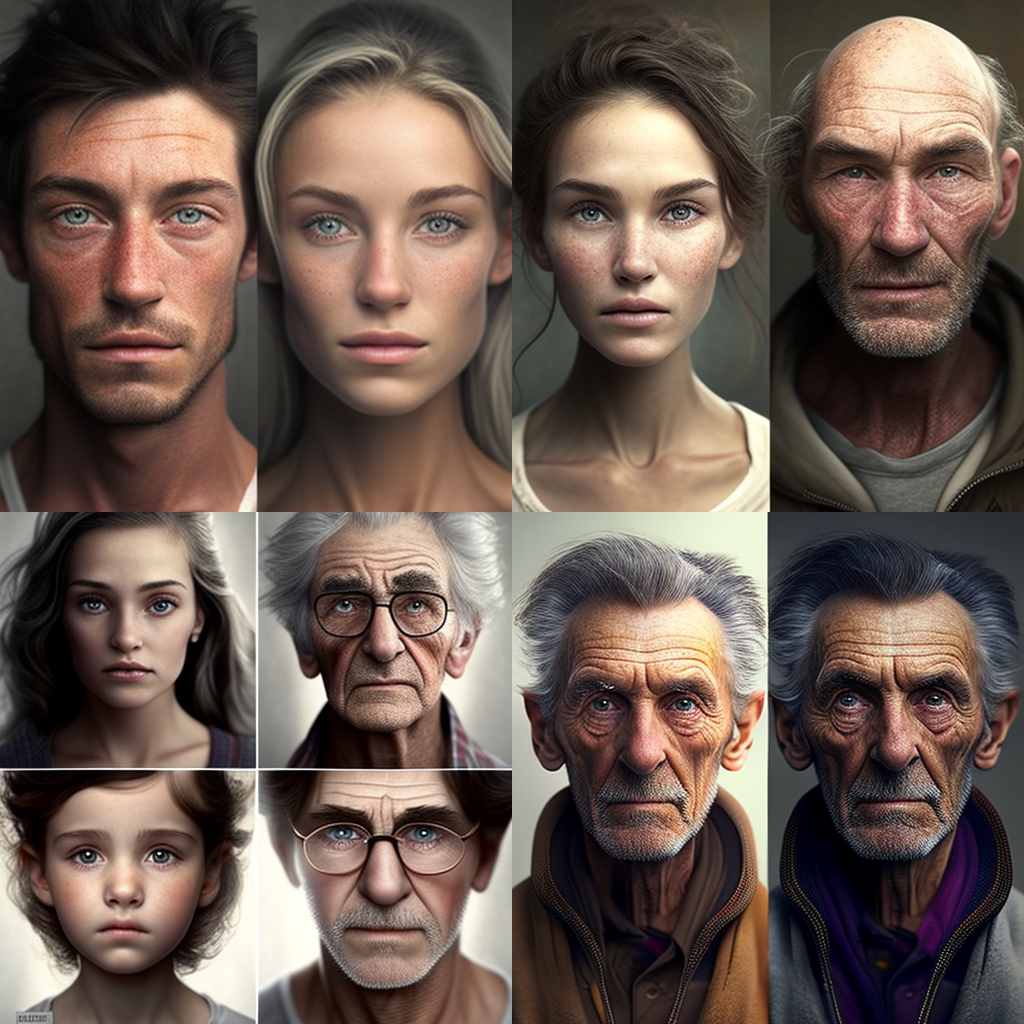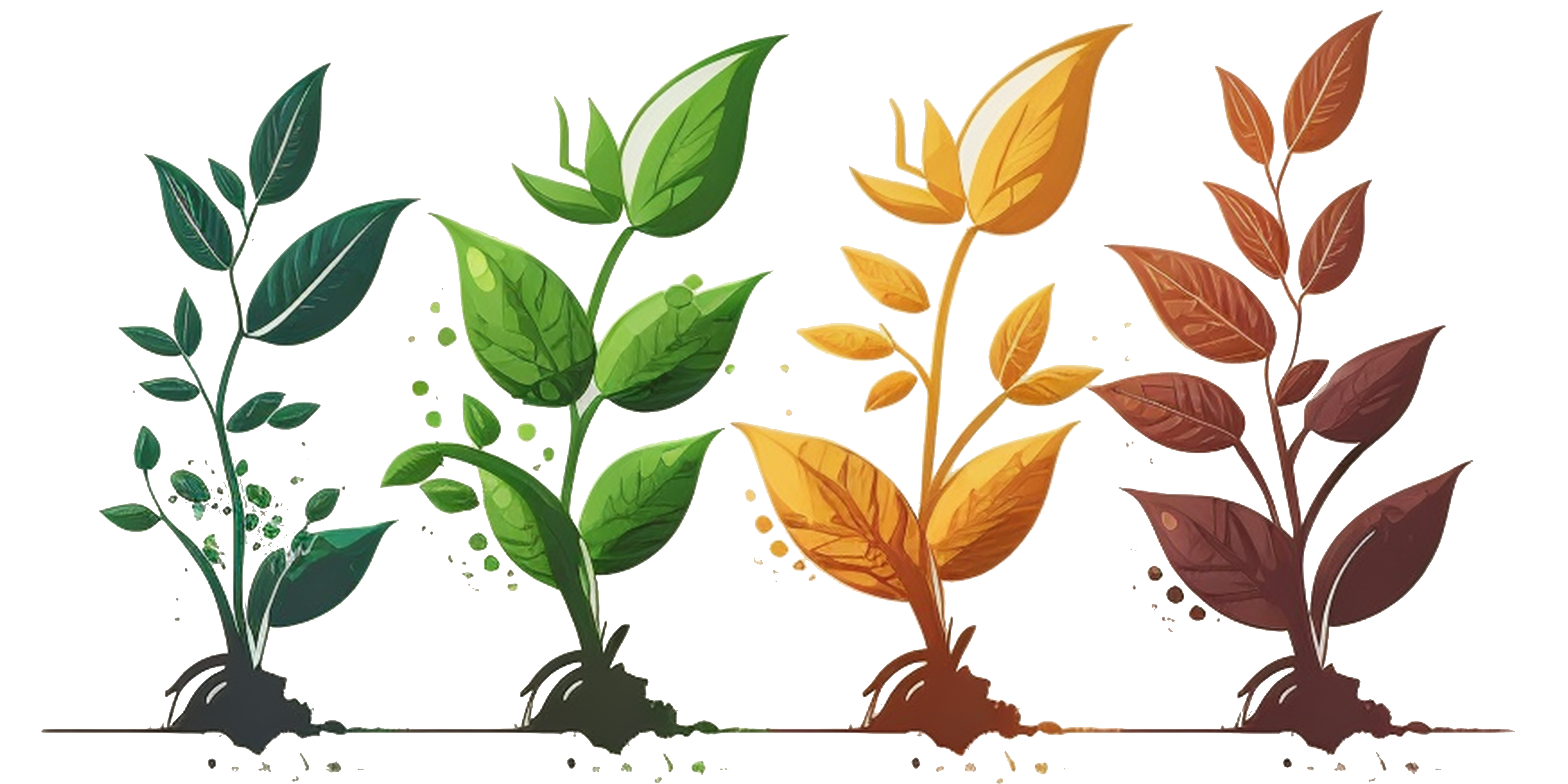A few months ago, I decided to get back into the arts after taking time away to focus on my medical career. I even reached the point where I considered posting my work for sale online. However, amid all of the Artificial Intelligence (AI) hype, I found myself spending more time developing a headache keeping up with the next big breakthrough than working on my own productions.
I’m taking a new approach now: actually pursuing my creative goals and seeing what happens. I developed the space on All The Seeds (ATS) as a blog and centerpiece for my projects. This is my first blog post of many. Welcome!
Writing and Artificial Intelligence: The Big Questions.
There’s a catch to starting a blog right now though. There’s a catch for nearly any creative process, for that matter. Now that a robot can create things just as well as I can, how can I stand out? Also, as AI challenges human authenticity in writing, how can I prove that my work is my own?
I am left wondering how to keep pace with technology. I feel the need now to validate that my writing is written by me, Winston the human, and not the impartially characterized catalyst of countless news articles, business freak-outs, and internal crises that is AI. That’s not even mentioning the big middle finger that today’s students are giving the education system using ChatGPT.
This hullabaloo with AI leaves me wondering the big questions: could this be the start of our own Skynet or Matrix? What will this mean for our economy, daily lives, and workplaces in the near future? And most importantly, why couldn’t I have been born just a decade or so later? Then I could reap the benefits of missing school for nearly four years, followed by a ChatGPT get-out-of-work-free card!
Humans Have Issues. So Does Artificial Intelligence.
Back to the subject at hand though. It’s already well known that Artificial Intelligence can pump out pages of content a mile a minute. Meanwhile, here I am, sitting in my desk chair staring at an infuriatingly blank document for 20 minutes trying to think of a single enthralling sentence. I am obviously outclassed in terms of speed, and with AI’s quality improving exponentially, keeping up seems hopeless.
Still, there is a glimmering light in this dark age of writers that is the AI revolution. Programs like ChatGPT and the AI art generator, Midjourney, use the internet in its entirety as its information source.
And the internet, as we know, is always reliable.
For ChatGPT, this often produces predictable patterns of writing derived from the most common words and sentence structures across the web. In other words, it likes to say the same stuff over and over. There have also been major issues with racism, sexism, and extreme bias showing up in AI responses, which hopefully is an obvious issue.
We’ll properly discuss Midjourney and AI art in another post, but to send the point home, here is the program’s response to the prompt “realistic humans”:

Great representation of humanity, right? To be blunt, you might notice half of them are old men and all of them are white. From there, you can make your own judgements.
Is greater credibility in human writing the answer to staying relevant? Maybe this is our time to shine as a species. Maybe we have an opportunity here, to turn things around, to become a more honest species, and to make that a centerpiece of humanity from here forward. We could evolve like Pokémon into our greater selves!
To be honest I doubt it though, since the issues with AI are a result of humanity’s own problems. But hey…
I’m Not a Robot, You Are!
Okay, so the AI is predictable and imperfect, leaving room for a human touch. Nevertheless, how can the public differentiate my own from AI’s, especially as it continues to advance so rapidly? This question is not new, rattling the brains of many.
There are still no clear answers, but one option is using sites like Undetectable AI (UA). This site and others like it claim to be able to distinguish sentences written by artificial intelligence and writing from human hands. At the same time, however, UA is offering another service that “humanizes” AI writing to make it undetectable. If this sounds contradictory, that’s because it is.
Then you have competitors like Originality. Traditionally a plagiarism checker, they now review documents for AI plagiarism “better than any other program”. This leads me to question which tool works better, the faker or the checker, or if there’s even a point in knowing which anymore.
Another option in the works that seems a bit more viable, is a watermarking system to label AI work. Open AI, the founding company of Chat GPT, has been developing one of these systems for a little while now, however they have had bumps along the road. From here on out, it appears this will be an arms race between AI and AI detection. It sounds like a classic battle between light and dark; which side is which depends on you.
So What Should We Do About It?
Fortunately, there may still be an opening for successful writing in the Internet sphere. First of all, AI is still identifiable in every day circumstances with software or human logic, despite growing fears. Also, while ChatGPT is great at producing nice sounding work, it rarely creates new ideas due to it’s predictability and internet habits.
This predictability is a way bigger hurdle for playing human than it might initially sound. Since the primary use of language is to communicate new and meaningful ideas, a tendency to repeat the same junk is hardly productive in the real world. Anecdotally, I can’t remember the last time I met someone predictable. I mean, look at the US presidential track record.
Therefore, as long as we keep things interesting and continue finishing each other’s sandwiches, I think we can continue to set ourselves apart from our future robot overlords. For now.
-Winston
If you enjoyed this article, consider subscribing to our newsletter for more great content!
